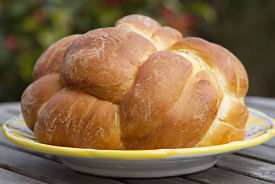
Winston knot
We learned to make this bread at a workshop last year with famous Dutch organic baker Carl Siegert. His bread is delicious and his ‘knot’ was tighter than the one in this picture by the way. So the shape is called a ‘Winston Knot’ but unfortunately I can’t tell you why. You braid it with two double strings of dough and then shape it into a ball. There are also examples of braids with three double strings. The dough is like that of a brioche. I haven’t found a good website yet where you can see schedules of all kinds of braided breads. Would be nice. There is some fine bread braiding to be seen in the book ‘The Bread Baker’s Apprentice’ by Peter Reinhart (page 83-88).
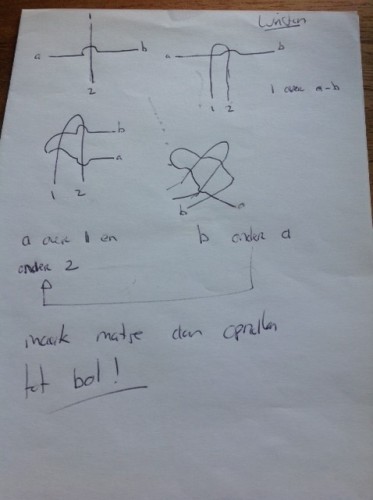
This is how we made our own schedule to make sense of the braiding process. If you picture a cross and lay one set of 2 or 3 strings on your worktop lengthwise and the other set across and over them you can then name the ends of the first strings ‘1’ and ‘2’ and the ends of the across strings ‘a’ and ‘b’. The first thing you do is take up end ‘1’ and lay it next to ‘2’. Now you start braiding and keep the following schedule:
– a over 1 and under 2
– b under a
– repeat
You end up with a braided ‘mat’ of dough that you then form into a ball making sure (if possible!) that one of the braided boxes you see appearing is right on top and in the middle of the ball.




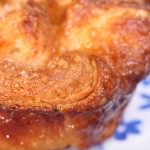
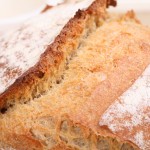
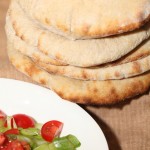
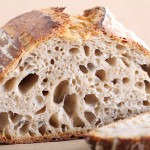
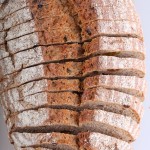
Joy Danzig says
Jeffrey Hamelman in the book BREAD demonstrates the Winston know with 12 strands, (6 and 6 per section). His book has excellent directions for 1, 2, 3, 4, 5 and 6 strand braids. That book is my bread “bible.”
gjmeijer says
kijk hier eens voor een demovideo broodvlechten www.youtube.com/watch…eBLtCEOlA0